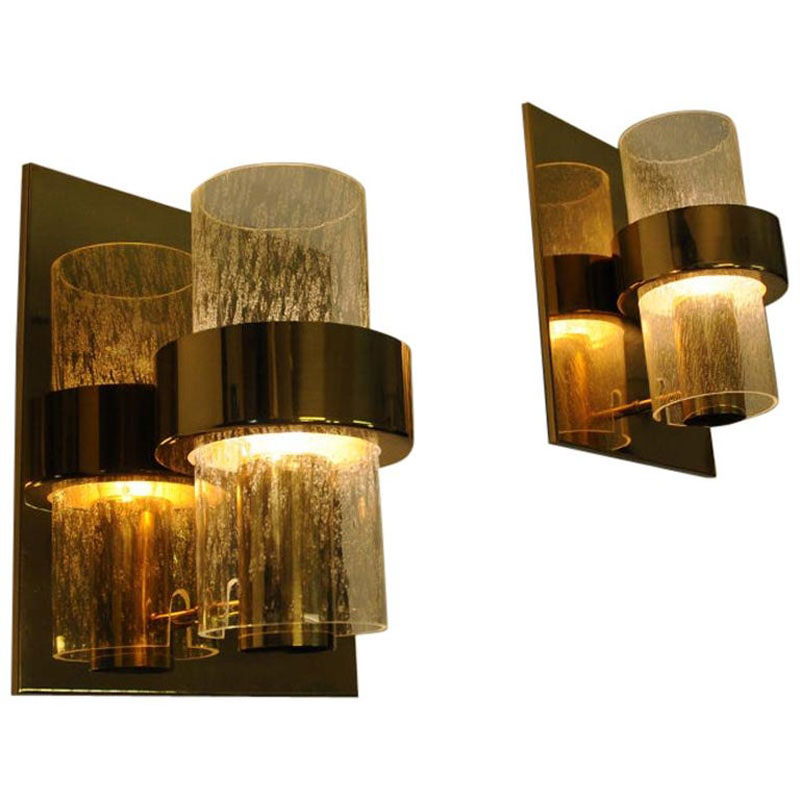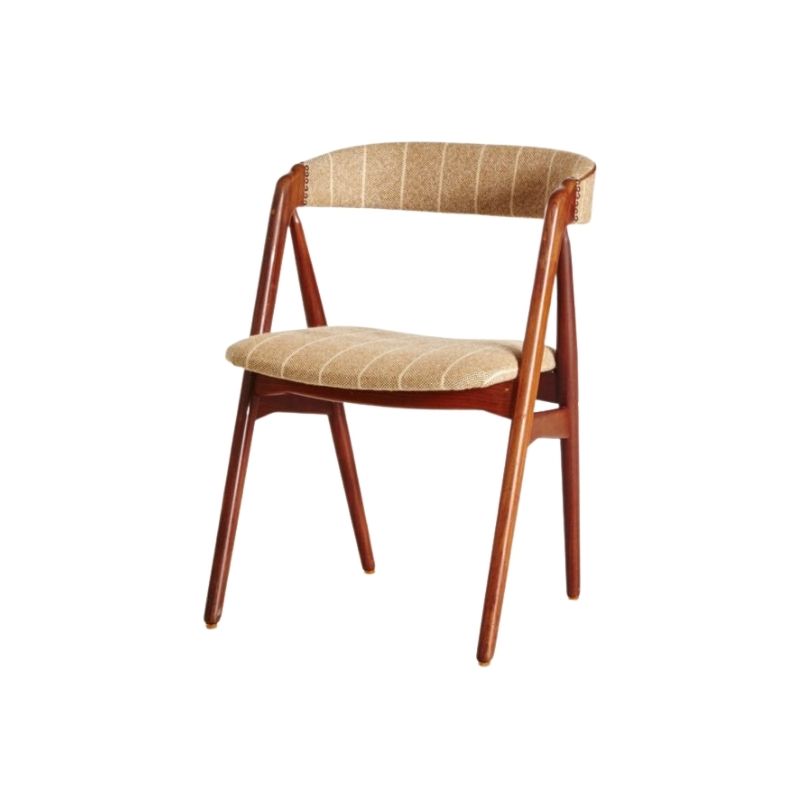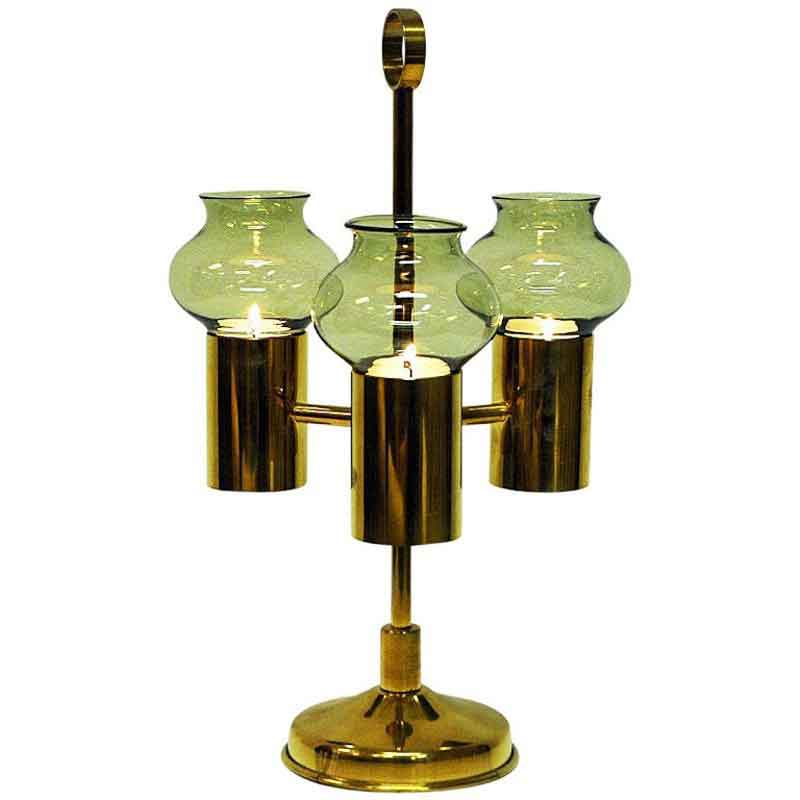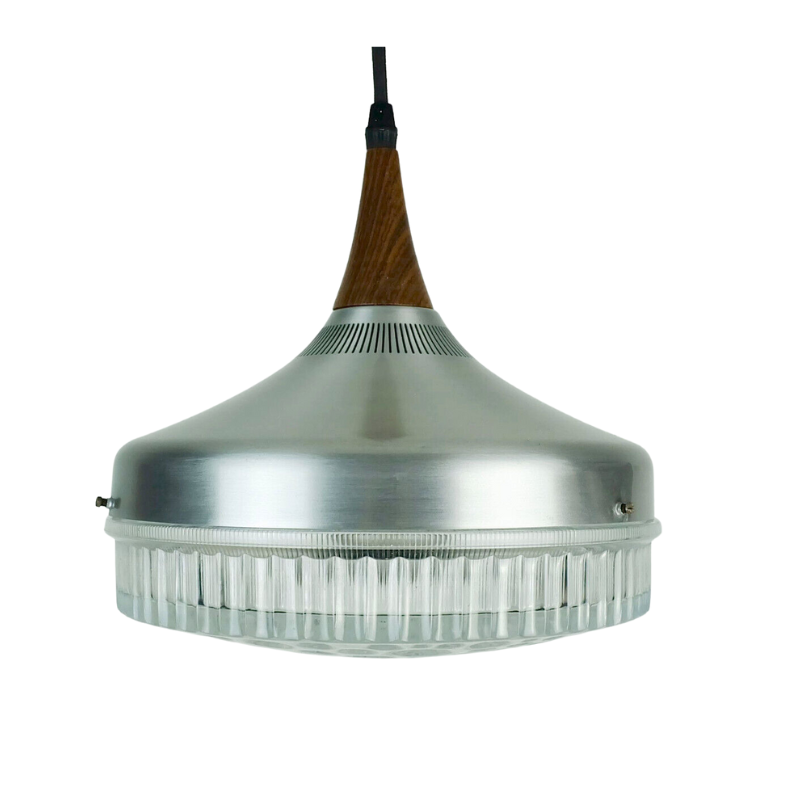I refinish Rosewood and have several species of Rosewood laying around.
Brazilian Rosewood Nigra species is the typical term for "Brazilian Rosewood" but it is distinctive and most people who call rosewood, rosewood like to call it Brazilian when it is not.
Most Danish Rosewood pieces are seldom made with actual true Brazilian rosewood (dalbergia nigra). And so are few american pieces frankly.
True dalbergia nigra can change hue but so do most other forms of rosewoods and more so because many times they have subtle dyes applies to give them the tones and hues of Brazilina Rosewood.
Kyle, did you check out the hobbithouse site? He lists 42 different species of rosewood! Unless some are listed under two names--but still, a lot. Great photos, too. I love that site so much.
Rosewood has a highly variable appearance -- but within certain parameters of variation. There is one other rosewood that looks quite a lot like Dalbergia nigra, Brazilian Rosewood. The rest look fairly different most of the time. But all rosewoods and all legumes share a lot of characteristics.
So, learning to identify it is learning what looks the same all the time, and what changes, what causes it to change. And it helps greatly to know that on a certain piece of furniture, of the thousands of different species there are two or three usual suspects.
Dalbergia nigra is very dark when freshly cut, but it is not a true black. It is an extremely dark purple, and underneath that are reds and yellows. Whatever substance is that color is very easily destroyed by UV light, so the wood bleaches readily and becomes the wide range of colors we see. Also when freshly cut, it appears to have very little grain and character because it is so dark (usually), and the grain only starts to appear with a but of UV fading.
As said above, in veneer work, what is supposed to be Dalbergia nigra is usually Dalbergia nigra. It is not at all unheard of for the solid pieces, like edge banding and legs to be some other species stained dark.
I have very much been on that site. Specifically on the rosewood pages... Possibly too much?
To the extent I donated. As an independent site hosting a lot of images I was slightly concerned it might not be sustainable and I'd be upset if it went away.
Having said that, I think identifying what rosewoods are in front of me, from the examples shown is still a near impossible task. I don't trust the general thought I've read on the internet that alternative rosewoods were from India, as (I struggle to distinguish exactly why) Indian rosewood looks different to what I see in a lot of Danish made furniture from the period. It might be that Indian rosewood to me looks as though it's hue is very inconsistent even within one piece of timber.
Specifically I am thinking of some distinctively NOT Nigra rosewoods that feature figuring that is much less dark and more evenly, widely spaced rather than very fine, erratic, tiger-like or even marbled. The pores are also finer and more uniform, whereas Nigra often has deep dark pores that almost look like scratches they are so rogue. Most recently I've seen what I'd have guessed is this alternative Dalbergia in Kai Kristiansen dining chairs by Korup Stolefabrik, it's akin to most M
Right. As with any hardwood plywood. I just wondered if the face veneer is indeed Rosewood. Seems an unusual choice for an American design. Perhaps the self-consciously luxurious, even exotic choice was meant as the icing on a rationally-designed cake -- analogous to the bookmatched decorative stone on the walls of the Barcelona Pavilion . . . ?
Then yes, no doubt it my mind the Eames Lounge chairs used Brazilian rosewood up until the 80s.
Herman Miller had stocks of veneer left over after the ban of D. Nigra specifically in '91 (or '92) and were allowed to sell limited edition screens that used the remaining stock in '95.
If you need any help, please contact us at – info@designaddict.com









